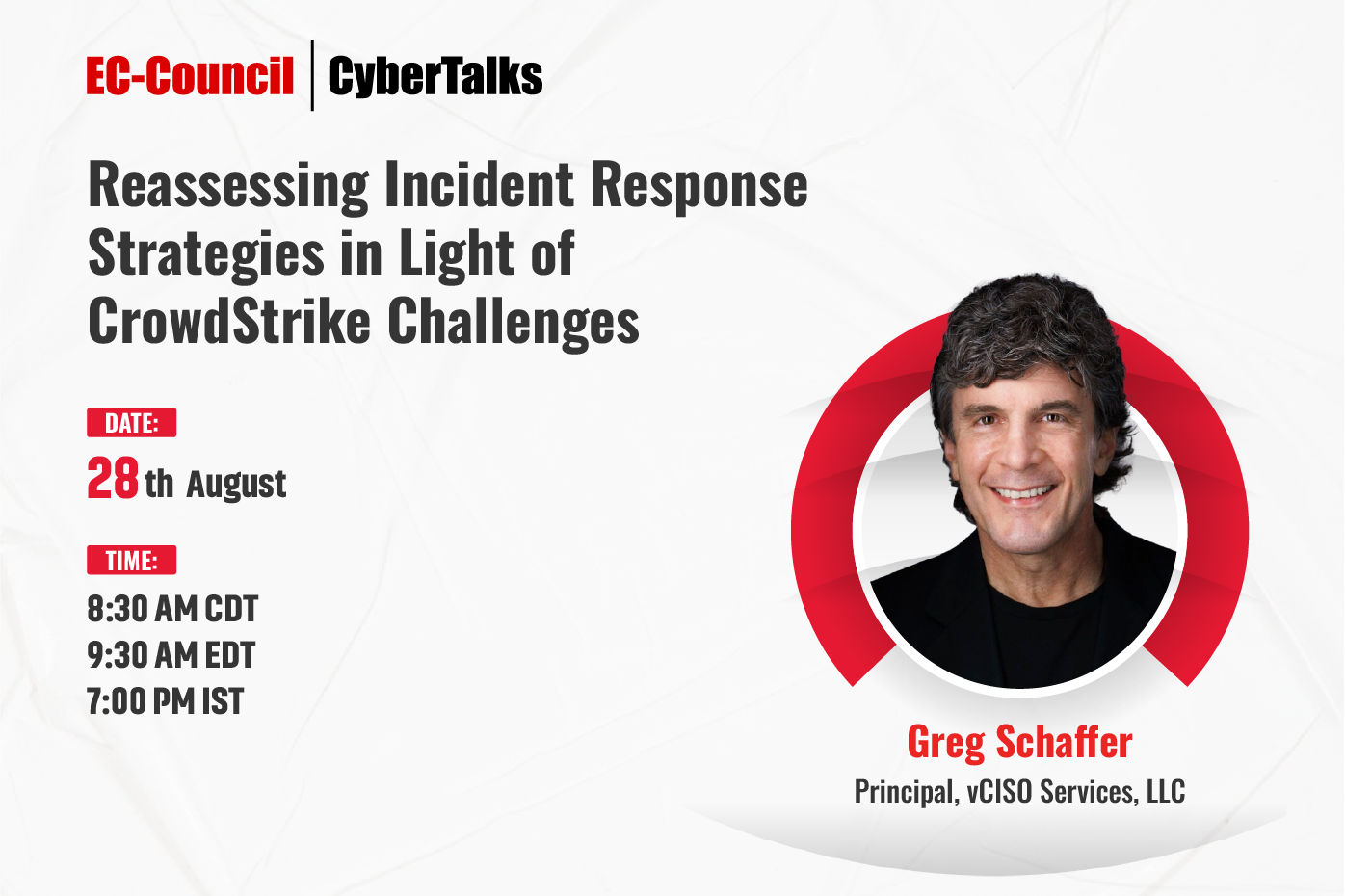To truly comprehend identity-based security, let’s first understand the term “identity.” An identity includes both the login credentials that users use to access IT services and their fundamental digital information. These associated IDs or attributes are tracked and updated during the course of their employment with an organization, guaranteeing that security measures and permissions remain up-to-date. Examples of such attributes include email addresses, pin numbers, and login information (password or username). Identity security, often referred to as identity management and identity governance, protects against online vulnerabilities that arise from giving a diverse workforce access to technology. All digital identities inside an organization are made accessible to management and governance in order to achieve this. A complete solution for protecting every identity inside an organization is identity security.
Enabling access while simultaneously lowering the risks that it is appropriately regulated is the dual focus of identity security. It comprises setting up policies and user roles to control access at every stage of a digital identity’s lifespan. Using strong credentials, identity security is used to securely authenticate, centrally control, and audit how apps, DevOps, and automation tools access databases, cloud environments, and other sensitive resources. The BDSLCCI cybersecurity framework and various available cybersecurity standards are also helping organizations implement controls for various layers, covering a few areas related to identity-based security (Pawar 2022; Pawar 2023; Pawar 2023).
Identity-based Security is paramount in cloud environments, where data and applications are hosted remotely. It ensures that only authorized users and systems can access resources, minimizing the risk of data breaches, cyberattacks, and data loss. This security approach revolves around verifying user identities, granting appropriate permissions, and monitoring activities.
Understanding Identity-Based Security for Cloud
The cloud industry is constantly evolving with new services, data flows, and third-party integrations. These innovations introduce dynamic security challenges, such as unauthorized data access, misconfigured settings, and increasingly sophisticated cyber threats. Adapting to these evolving risks is essential to ensure robust security and data protection in the cloud (Gupta, 2023). The recent whitepaper on cloud security also provides a comprehensive overview of the security challenges and trends in cloud and practical advice on how to address them. It also indicates the need for identity-based security (Pawar 2023).
Cloud environments house immense sensitive data and applications, making them lucrative targets for cyber threats. Identity-based security ensures that only authorized users or systems can access these resources, thwarting unauthorized access and data breaches. With compliance requirements becoming more stringent and the threat landscape ever-evolving, it’s crucial to confirm users’ identities and apply precise access controls. Identity-based security not only safeguards data but also bolsters trust, making it an imperative element of any cloud security strategy (Risk, 2022; Sambi, 2021).
Key Components of Identity-Based Security
An identity-based security infrastructure comprises user and entity authentication to confirm identities, authorization and access controls for granular permissions, logging and monitoring to detect and respond to threats, and security policies to ensure compliance (Malviya, n.d.). The infrastructure safeguards cloud environments by protecting sensitive data, and mitigating unauthorized access or breaches. Here are the five A’s of identity-based cloud management to explore the primary key elements (Malviya. G., LoginRadius, N.D.).
- Authentication of User Identity: Authentication is the foundational element of identity-based security. It involves verifying people’s identity and attempting to access resources in the cloud. This can be achieved through methods like Multi-Factor Authentication (MFA), biometrics, or Single Sign-On (SSO). Ensuring that only legitimate users and entities gain access is the first line of defense.
- Authorization and Access Controls: It determines what authenticated users and entities are allowed to do once they gain access. Role and attribute-based access control are common methods to enforce granular permissions. These controls ensure that users only have access to the resources and actions that align with their roles or attributes, reducing the risk of unauthorized activity.
- Audit Logging: It plays a crucial role in identifying and responding to security incidents. Detailed logs capture all relevant activities within the cloud environment. Security Information and Event Management (SIEM) solutions help analyze these logs in real-time, detecting suspicious or unauthorized actions. Monitoring ensures rapid incident response and continuous security assessment.
- Accountability: Clear policies and procedures are a necessity for organizations to ensure individual accountability in the cloud. This comprises defining access control policies, conducting regular access reviews, and adhering to stringent security practices.
- Account Management Centralizing Policies and Compliance: Establishing comprehensive security policies and ensuring compliance with relevant industry standards are important, as these policies define the rules and guidelines for securing the cloud platform. Compliance ensures that the organization adheres to legal and industry-specific requirements, protecting against legal liabilities and maintaining trust with customers.
These elements collectively form a robust identity-based security infrastructure in cloud environments, safeguarding data, applications, and resources while mitigating risks associated with unauthorized access, data breaches, and non-compliance.
Best Practices to Safeguard Cloud Platforms from Cyber Risks
Implementing identity-based security in cloud environments is imperative to protect data, applications, and infrastructure from an ever-evolving threat landscape (Morag, 2021). Here’s a comprehensive approach to effectively implement cloud security that is based on identity and access management.
- User Education: Ensure users understand the importance of strong authentication and their role in maintaining Security.
- Multi-Factor Authentication (MFA): Implement MFA to add an extra layer of protection.
- Role-Based Access Control (RBAC): Assign permissions based on roles to limit access to necessary resources.
- Regular Auditing: Continuously monitor and audit user activities and permissions.
- Strong Password Policies: Enforce complex password requirements to enhance user security.
- Least Privilege Principle: Give users the minimum access necessary to perform their roles.
- Centralized Identity and Access Management (IAM): Use IAM solutions to streamline and manage identities effectively.
- Encryption: Implementing encryption protocols to fortify the security of sensitive data stored and transmitted.
- Continuous Monitoring: Use SIEM tools to promptly detect and respond to security incidents.
- Compliance with Regulations: Ensure that your security practices align with industry and regulatory standards.
- Regular Training and Updates: Keep security measures and user education up-to-date to address emerging threats.
- Incident Response Plan: Develop and test a well-defined incident response plan to react swiftly to security breaches.
- Third-Party Risk Assessment: Evaluate the security practices of third-party services and providers.
- Cloud Security Best Practices: Follow the cloud platform specific security guidelines that the service provider provides.
- Backup and Recovery: Back up data and run test recovery procedures regularly in case of data loss or compromise.
How Can EC-Council’s Certified Cloud Security Engineer Help?
Organizations are encouraged to use cloud for business expansion and high performance, so that employees and customers may use them from anywhere, at any time. To defend against rising cyberthreats, organizations need to provide safe access to authorized resources, guard against the misuse of credentials and accounts, avoid unintentional data loss, and protect user privacy. By implementing thorough security measures that stop unauthorized users from accessing crucial resources and data while facilitating easy access to data for authorized users, identity security lowers these risks.
As organizations increasingly migrate to cloud-based environments, having a clear vision and a well-defined strategy becomes paramount for effective cloud management security. In the context of enhancing cybersecurity experts to master these principles and practices, EC-Council’s Certified Cloud Security Engineer (C|CSE) certification provides the essential knowledge and expertise to secure cloud environments effectively. By offering a holistic understanding of cloud security, EC-Council’s C|CSE ensures that certified candidates are prepared to tackle industry challenges. The certification is focused on a detailed methodological approach and instructor-led program, covering topics such as cloud forensics investigation, data security, cloud pen testing, and more. It is recognized globally, making it an asset for professionals seeking to enhance their expertise in securing cloud infrastructures.
References:
- Gupta, D. (2023). What is Cloud Identity and its Benefits? Loginradius. https://www.loginradius.com/blog/identity/what-is-cloud-identity-and-its-benefits/
- Pawar, S. (2023). Cloud Security: A Comprehensive Survey of Challenges and Trends. EC-Council.
https://www.eccouncil.org/cybersecurity-exchange/whitepaper/cloud-security-comprehensive-survey-challenges-trends/ - Pawar, S., & Palivela, H. (2022). LCCI: A framework for least cybersecurity controls to be implemented for small and medium enterprises (SMEs). International Journal of Information Management Data Insights, 2(1), 100080.
https://doi.org/10.1016/j.jjimei.2022.100080 - Pawar, S., & Pawar, P. (2024). BDSLCCI. Notionpress.com. notionpress.com/read/bdslcci.
- Pawar, S., Ashok, S., & Palivela, H. (2023). Importance of Least Cybersecurity Controls for Small and Medium Enterprises (SMEs) for Better Global Digitalised Economy. Contemporary Studies in Economic and Financial Analysis, vol. 110B, no. 978-1-83753-417-3, 2023, pp. 21–53, ideas.repec.org/h/eme/csefzz/s1569-37592023000110b002.html
- Risk, E. (2022, May 19). Identity and Zero Trust in Today’s Distributed Networks. Twingate. https://www.twingate.com/blog/other/identity-zero-trust
- Sambi, M.S. (2021, June 09). Simplifying Identity-Based Security in a Cloud-First World. Paloalto. https://www.paloaltonetworks.com/blog/2021/06/simplifying-identity-based-security/
- Malviya, G. (n.d.,). The Five A’s of Cloud Identity Management. LoginRadius. https://www.loginradius.com/blog/identity/guide-to-five-a-of-cloud-identity-management/
- Morag, S. (2021, May 20). Five Approaches for Securing Identity in Cloud Infrastructure. Cloud Security Alliance. https://cloudsecurityalliance.org/blog/2021/05/20/five-approaches-for-securing-identity-in-cloud-infrastructure/
Tags
About the Author












